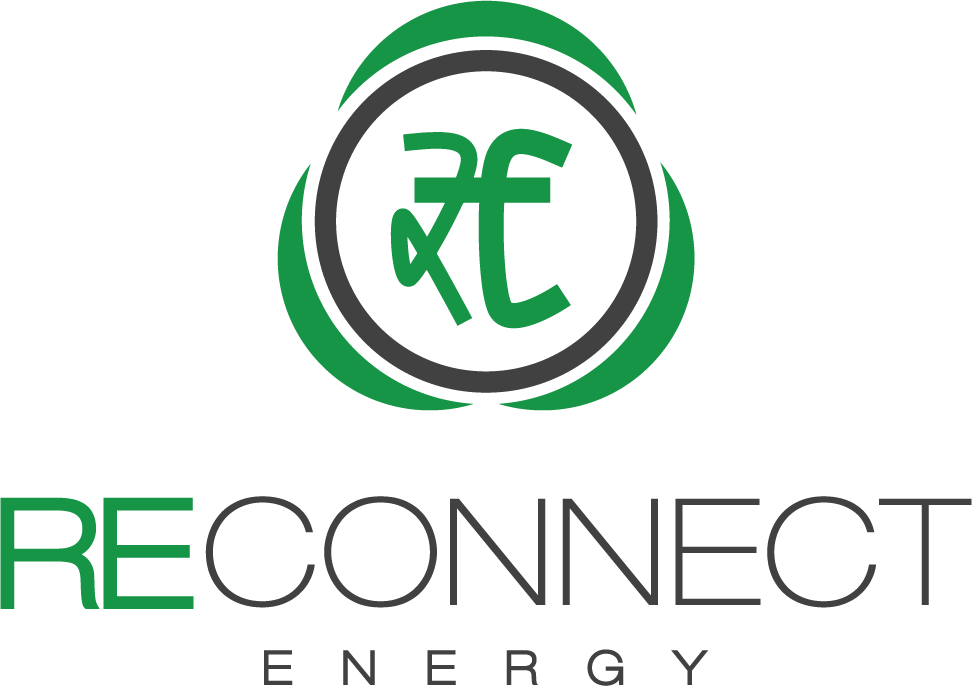Analysis of changes in CSS and its impact on Open Access market
Cross-subsidy regime used as a tool to influence the open access market
In this financial year (FY 2015-16), Andhra Pradesh, Telangana and MP suddenly raised cross-subsidy surcharge (CSS) applicable on industrial units significantly. In the case of AP and Telangana last years’ cross-subsidy was nil, but this year its Rs 2.23 and Rs 1.42 respectively. In the case of MP, the cross subsidy increased from Rs 0.48 to Rs 2.16 (an increase of 350%).
An analysis of several states suggests that cross-subsidy is often increased suddenly and substantially. In each of the above cases, the immediate impact will be that third-party transitions will come to a halt, as they will no longer be viable. For example, in MP the revised CSS is 46% (vs 12% last year) of the applicable tariff. In AP and Telangana, its 40% and 25% respectively.
These three states accounted for approximately 20% of the volume on power exchanges as per the market monitoring report from CERC for February (the most recent available). This volume is likely to dip to insignificance thanks to the steep rise in CSS.
Another good example is the case of Haryana. In FY 2013-14, the applicable CSS was Rs 0.53. Next year it was raised to Rs 2.02 (a four-fold increase). As a result, the traded volume between February 2014 and February 2015 has fallen by half (160 MUs and 86 MUs respectively). One must keep in mind that the above volume includes purchase from Discom’s, if any, on which CSS is not applicable. Thus, the actual fall in volume from open access consumer is must larger.

Changes on the horizon
It is clear from the above examples that cross-subsidy is varied by states to influence the open access market.
However, some fundamental changes are on the horizon. The first one pertains to applicability of CSS on renewable energy. One of the amendments proposed to the Electricity Act, 2003 seeks to remove CSS applicability from renewable energy transactions. This will have a significant impact as it will make RE transactions very attractive. One hopes that states will adopt this in its true spirit.
The second change pertains to the way CSS is calculated by the States. The existing National Tariff Policy (NTP) suggests that CSS be calculated as the difference between the top 5% of the incremental power procured by the Discom (this is often proxy for the most expensive power procured) and the applicable tariff. However, this is a very opaque measure – for example, between 2013-14 and 2015-15, the cost of top 5% of the power in MP fell from Rs 5.47 to Rs 4.59 (a fall of 20%), despite increase in overall costs and tariffs.
The amendments to NTP will require the calculations to be done by taking the overall costs (including the cost of regulatory assets, ie losses incurred by the Discom).

Further, the proposed NTP seeks to limit the CSS to 15% of the applicable tariff in the category. It is noteworthy that till now, NTP has been more recommendatory in nature. For example, it requires that CSS should be brought down progressively to bring it to 20% of the opening level by 2010-11. However, the significant changes done recently clearly indicate that this objective of the policy has not been achieved.
Team REConnect Energy

